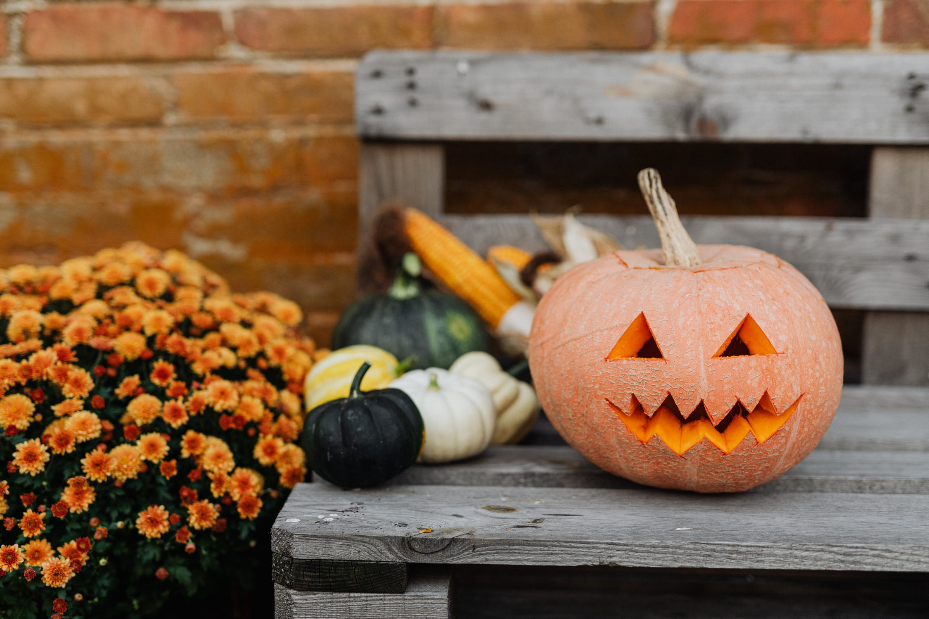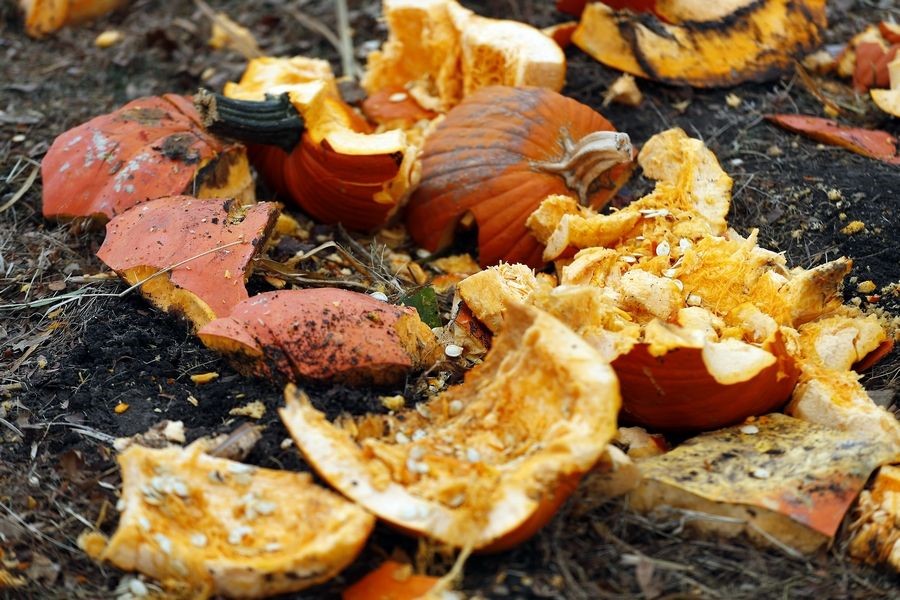
How to have a green Halloween: Simple tips for tricks and treats
Editor’s note: With this post, we begin a new continuing series on living sustainably.
By Alex Parker
One of the scariest things about Halloween is how much waste it creates. From cheap one-off costumes, an endless supply of candy wrappers and multitudes of pumpkins tossed in the trash, Halloween is the ultimate disposable holiday.
Luckily, there are ways to green your Halloween and make it a treat for all.
Cool costumes
Americans will spend upwards of $8 billion on Halloween this year, slightly down from last year’s $8.8 billion, according to the National Retail Federation. That’s a lot of nylon, acrylic and polyester that you and I both you know is likely destined for the landfill.
Instead of scouring Pinterest and Amazon for the perfect superhero or princess outfit, consider a DIY costume.
Search your closets, bust out a needle and thread, become one of the 10 percent of Americans who shop for Halloween costumes at thrift stores, or check out a local costume shop for high-quality and reusable outfits.
Another great way to get a second or third life out of gently used costumes is to organize a socially distanced costume swap with friends or co-workers.
By avoiding the one-off costume, you can save money, help support a local business and take a personal stand against the fast-fashion textile industry, which emits more than a billion tons of greenhouse gases every year.

Sustainable treats
Fun-size candies, though fun, are not environmentally friendly. Just like their bigger siblings, most candy wrappers can’t be recycled and are destined for the landfill. While some candy companies are exploring biodegradable packaging, it’s not widely available in the United States.
You can make your treats more sustainable by choosing candy that’s packaged in cardboard, which can be recyclable (hooray, Nerds!). Or look for treats that are labeled USDA Organic or Fair Trade, which describes products with a more sustainable footprint and certified ethical treatment of workers.
You can also avoid candy made from palm oil, the farming of which is responsible for the loss of some of the world’s most lush jungles and mangrove forests, notably in Indonesia, where 50 percent of the rain forest has been lost in recent years.
Candies that don’t use palm oil include M&Ms, Hershey’s and Raisinets. The Sierra Club has a more complete list. Green America also has a great list of eco-friendly candy.
You might also consider non-candy treats, such as stickers or temporary tattoos.

Post-Halloween Pumpkins
Jack-o’-lanterns are probably the most visible part of Halloween and, yes, there’s a way to green them up, too.
Buy from a local farmer or pumpkin patch rather than a grocery store. Bonus points for an organically raised pumpkin.
When you’re ready to discard it, don’t just throw it in the street or garbage. When pumpkins decompose in a landfill, they emit harmful methane into the atmosphere.
Instead, consider cooking edible parts of the pumpkin. Roast and salt the seeds for snacks, make pumpkin pie or a soup. Check out some recipes here.
You can also compost it or SMASH IT! and bury it in your garden and provide nutrients for your soil.
Lots of towns participate in pumpkin recycling events. They’ll collect your pumpkin and donate them to fun pumpkin-smashing events. Dozens of towns in the Chicago area work with Glen Ellyn-based School and Community Assistance for Recycling and Composting Education (SCARCE) to collect and SMASH THOSE PUMPKINS! The remains are then composted.
Since 2014, SCARCE has diverted more than 377 tons of pumpkins from landfills. Find an event near you here.
It can be hard to be an eco-conscious consumer, especially when Big Halloween has made it so easy to be wasteful. But by making a few simple choices, you can make Halloween a spooky celebration you can feel good about.

Alex Parker was trained in Minneapolis in 2019. When he’s not writing professionally about beer, he works with sustainable companies to tell their stories with his PR firm Green Collar Communications. He lives in La Grange with his wife and 3-year-old son.

